Thessaloniki gets ready for its metro launch in November
The underground rapid transit lines have been under construction for almost two decades due to various project delays
 TheMayor.EU logo
TheMayor.EU logo The history of Greece’s most famous drink - “Ya-mas!” (“our health!”)
"The best mezes to accompany ouzo is lightheartedness,” said Ioannis Barbayannis, one of the first distillers on the island of Lesvos, referring to the small, tapas-like dishes normally served with the island’s signature drink. His point was that the off-white aperitif, with its sweet liveliness and aniseed-laden aroma, is not a drink to be sipped at a bar accompanied by loud music and nuts. It is most at home on a small table by the sea, to be enjoyed with choice seafood appetizers and, more importantly, good company.
For Greeks, the act of drinking ouzo has elements of a ritual. This strong spirit is consumed as an aperitif – that is, it is thought to stimulate the salivary glands and digestive system, thus preparing one’s appetite for the main meal. That fact alone renders the consumption of ouzo a social activity. “To our first” is the common toast that groups will make each time their glasses are refilled so that they lose track of how many they’ve had. There is no keeping count; blissful self-imposed ignorance is preferred. “Relax, it’s only the first one.” The aim is not to stuff oneself, but to enjoy playful combinations of flavors through the small accompanying dishes: octopus, salted sardines, shrimp, shellfish, soft mizithracheese and mint pies, beans, dips, pickles, etc.
In 1989, the European Union gave Greece the right to label ouzo as an exclusively Greek product. Ouzo making was the profession of the bourgeoisie, people drank then, they had faced many difficulties. The distillers on Lesvos still stick to largely traditional methods of producing ouzo. Also unchanged are their recipes, each one a unique and closely guarded secret. In large copper stills rectified (grape) alcohol is mixed with aniseed, water from the island’s springs and other aromatic herbs from Lesvos, and then heated. The resulting steam is cooled in a special tube, and the ice-cold condensate is collected, the raw form of ouzo. This process can take 12–15 hours and happens under careful scrutiny, with a slow distillation process improving the quality of the final product.
Source: Greece is

The underground rapid transit lines have been under construction for almost two decades due to various project delays

Now you can get your wine in Talence by paying directly in Bitcoin

That’s because the state has to spend money on updating the railway infrastructure rather than subsidizing the cost of the popular pass

Rethinking renewable energy sources for the urban landscape

The examples, compiled by Beyond Fossil Fuels, can inform and inspire communities and entrepreneurs that still feel trepidation at the prospect of energy transition

Now you can get your wine in Talence by paying directly in Bitcoin
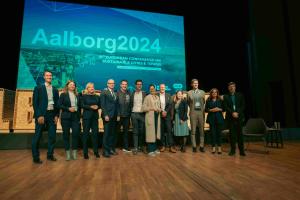
The 10th European Conference on Sustainable Cities and Towns (ESCT) sets the stage for stronger cooperation between the EU, national and local level to fast track Europe's transition to climate neutrality.

At least, that’s the promise made by the mayor of Paris, Anne Hidalgo

The underground rapid transit lines have been under construction for almost two decades due to various project delays

At least, that’s the promise made by the mayor of Paris, Anne Hidalgo
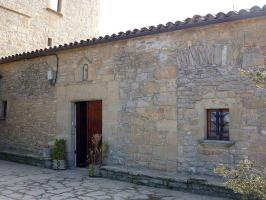
Hostal de Pinós is located in the geographical centre of the autonomous region
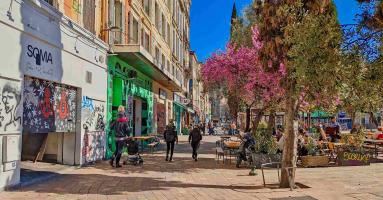
Despite its church-y name, the district has long been known as the hangout spot for the artsy crowds
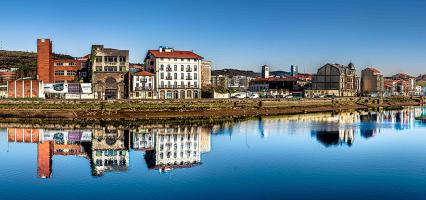
Urban dwellers across the EU are having a say in making their surroundings friendlier to people and the environment.
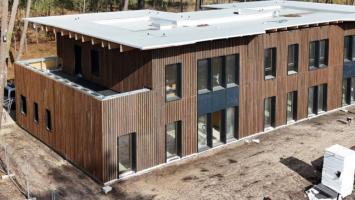
Forests in the EU can help green the European construction industry and bolster a continent-wide push for architectural improvements.

Apply by 10 November and do your part for the transformation of European public spaces

An interview with the Mayor of a Polish city that seeks to reinvent itself

An interview with the newly elected ICLEI President and Mayor of Malmö

A conversation with the Mayor of Lisbon about the spirit and dimensions of innovation present in the Portuguese capital














